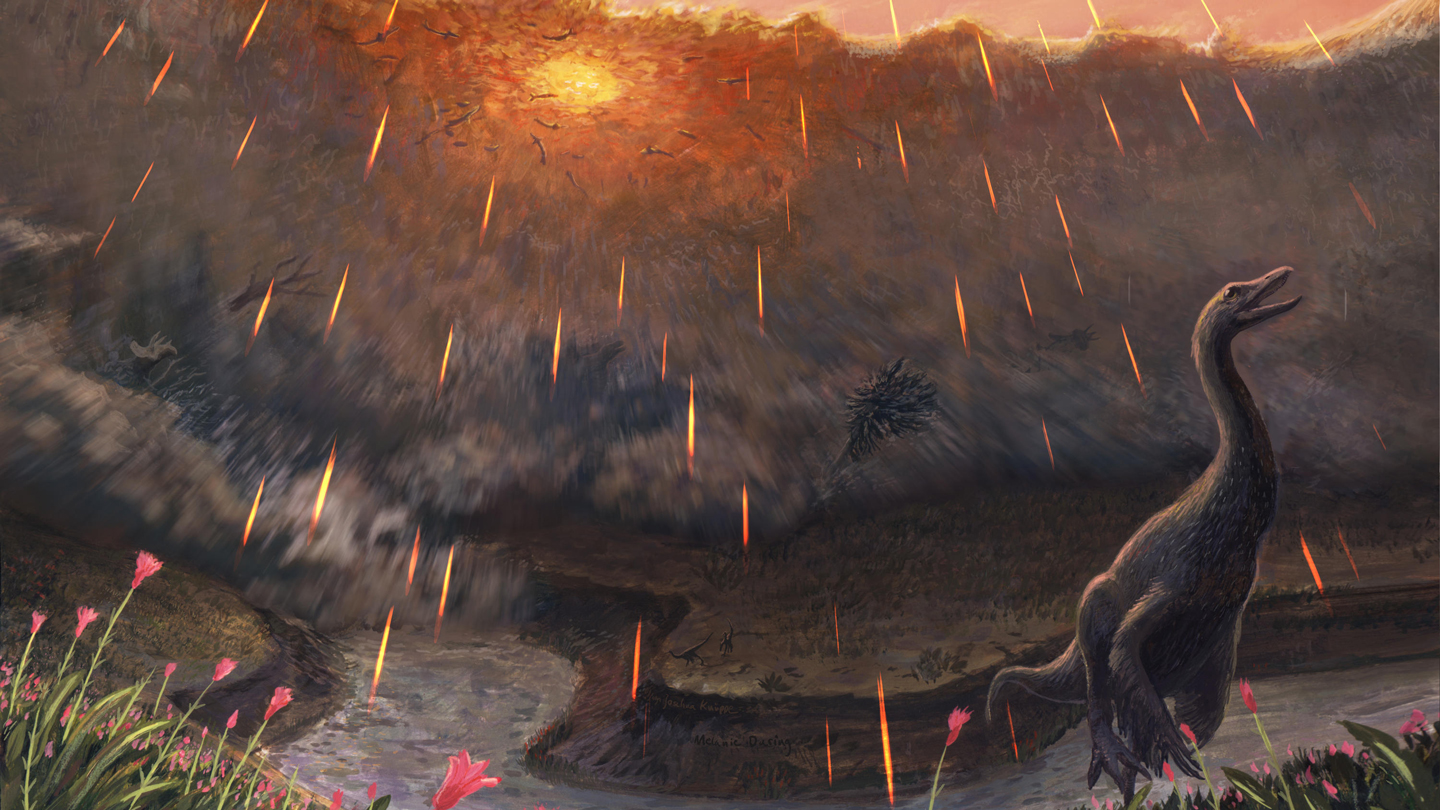The Age of Dinosaurs may have ended in springtime
About 66 million years ago, a 10-kilometer-wide asteroid slammed into Earth and

About 66 million years ago, a 10-kilometer-wide asteroid slammed into Earth and not long afterward, all nonbird dinosaurs, as well as many other species on land and in the sea, perished. Scientists don’t know the exact year of the strike, but researchers now say they have determined the impact’s season — springtime in the Northern Hemisphere.
The finding comes from a new analysis of the bones of ancient fish entombed at an extraordinary site dubbed Tanis in southwestern North Dakota, the researchers report February 23 in Nature.
Pinning down the season of the impact may help researchers explain the global pattern of survival of birds, small mammals and other creatures following the strike. For example, creatures that spend the winters in burrows underground would have emerged and been active during a Northern Hemisphere spring, rendering them especially vulnerable. By contrast, in a Southern Hemisphere autumn, these creatures probably would have been settling in for a season-long nap and perhaps were more protected.
The regularity of the lines of arrested growth chronicled in the fish bones strongly suggests that the fish weren’t suffering from drought or famine when they died, During says. “By all indications, these fish were doing fine.” Taking the results together, the team pinpoints spring as the season of the dinosaurs’ demise, as least for Northern Hemisphere dinos.
“I really do think this is a solid story backed by strong evidence,” says Stephen Brusatte, a vertebrate paleontologist at the University of Edinburgh who was not involved in the new study. The asteroid impact “would have turned a season that is normally about growth and flowering and rebirth into a time of unbelievable fire and fury,” he notes.
Despite the passage of more than 66 million years, Holtz says, “it’s pretty amazing that we can look at Earth’s worst day and figure out the time of year it was.”




